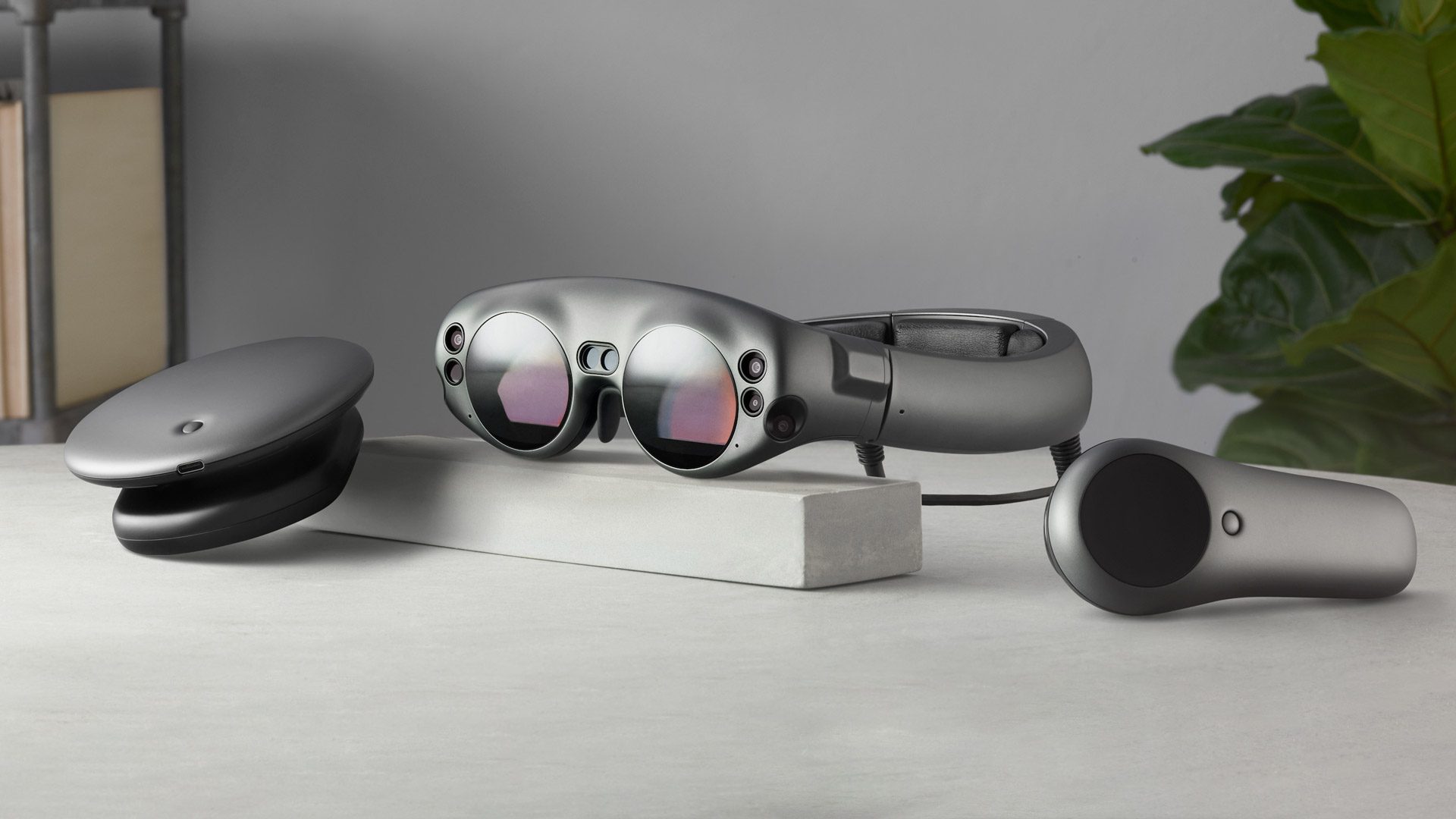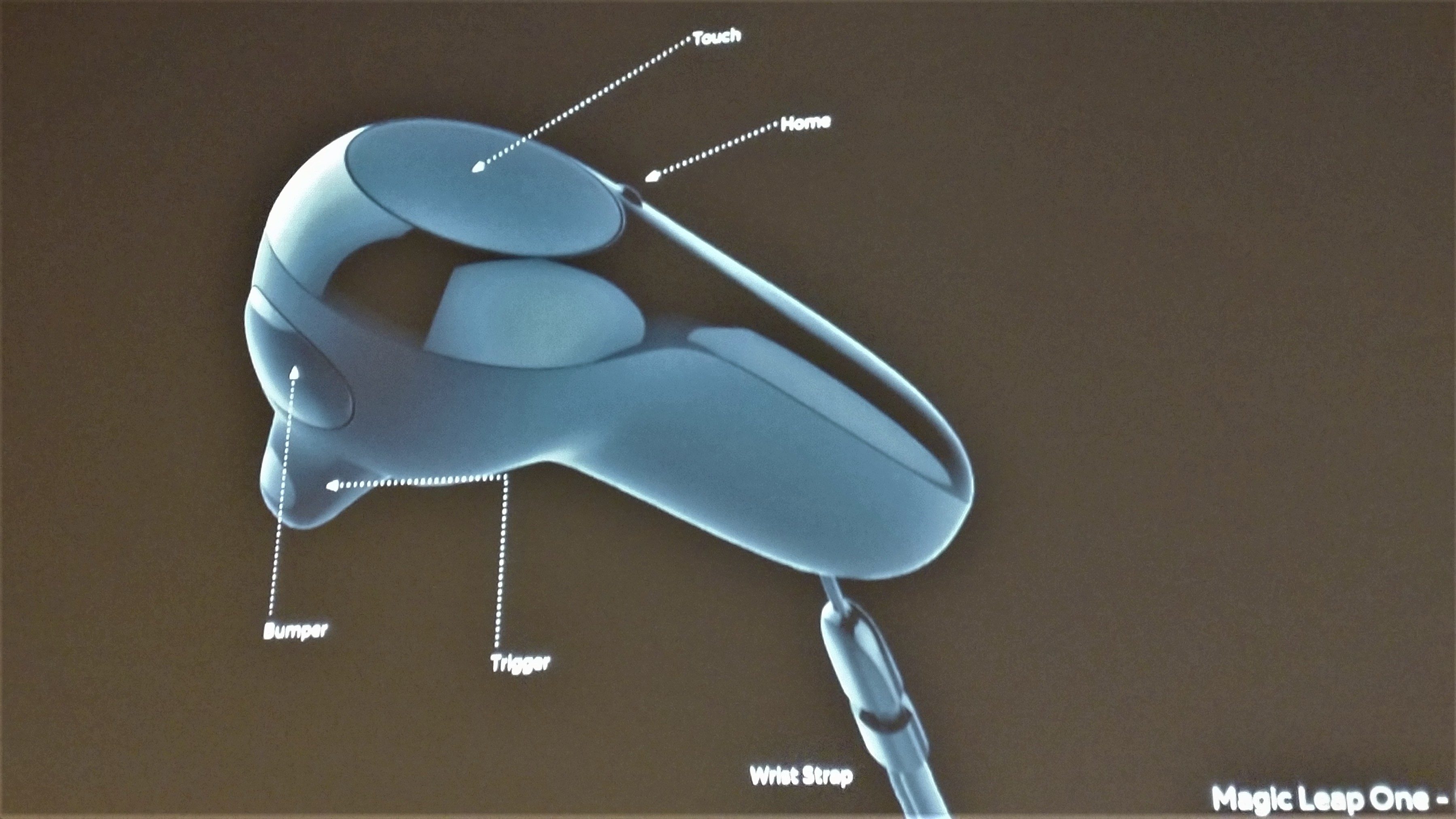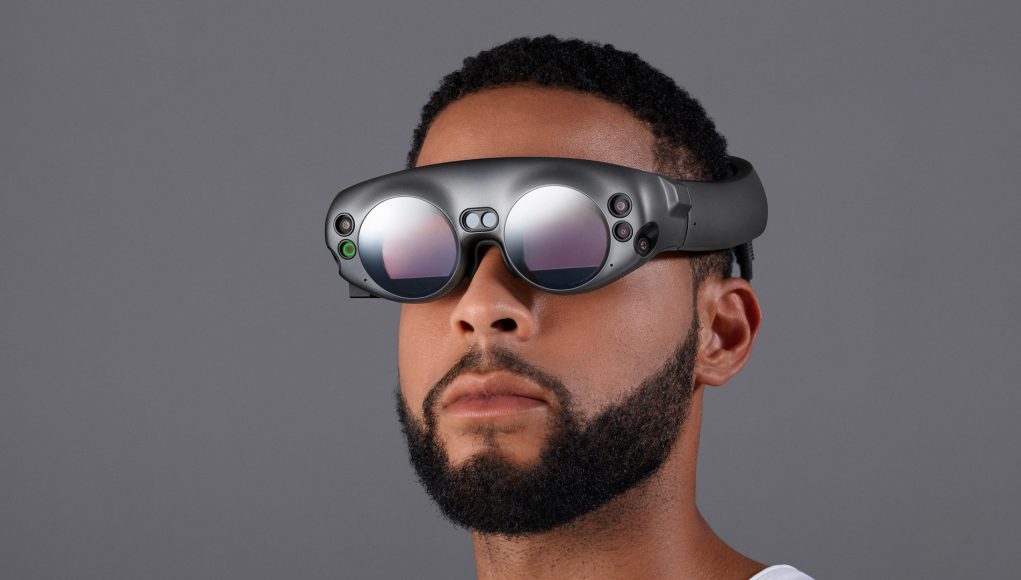Magic Leap, the mysterious augmented reality headset company, has apparently begun shipping its first wave of Magic Leap One AR systems to partners in limited numbers.
Citing “people familiar with the matter,” Bloomberg reports a small group of unnamed software developers recently received test units. Highlighting the startup’s ongoing insistence on complete secrecy surrounding their first product, the report maintains recipients must keep the AR headset locked away in a safe.
A Magic Leap spokesman confirmed to Bloomberg that a limited number of devices have gone out to partner developers, but that wider distribution is still slated for later this year.

The company has announced a few strategic content partnerships in entertainment, including the NBA and Weta Gameshop, although its full list of content partners hasn’t been made public yet. While the Magic Leap SDK is now out in the wild, to date, the company has only shown its hardware in a controlled environment and under the strict confines of a non-disclosure agreement (NDA), which prohibits users from releasing anything but general impressions.
First officially unveiled in December last year, the Magic Leap One system comes in three pieces: the ‘Lightwear’ AR headset, a tethered ‘Lightpack’ processing unit that clips to your belt, and a 6 degrees of freedom (6DoF) motion controller simply called ‘Control’.

Still one of the greatest sources of insider info on the upcoming AR headset is a Rolling Stone exclusive from late last year that details the Magic Leap One hardware including a rough estimate of the headset’s field of view (FOV). According to Rolling Stone‘s Brian Crecente, the headset’s FOV compares to “a VHS tape held in front of you with your arms half extended.” This is emblematic of the sort of information publicly available on Magic Leap One, as the company is staying mum on definitive hardware specs.
Magic Leap says the headset itself boasts a “spatial interface [with] multiple input modes including voice, gesture, head pose and eye tracking.” The headset’s sensor suite can detect surfaces, planes and objects – something integral to tracking the physical world as digital light-field imagery is ostensibly displayed realistically thanks eye tracking-assisted replication of depth of field.
The system’s real-time computer vision processor is still somewhat of a black box, as it is said to deliver “high-fidelity, gaming-quality graphics, with the power and performance of a laptop computer.”
No release date or pricing is available at the moment, although the company has gone on record to say Magic Leap One will be priced similar to a “premium computer,” and that it would be shipping in 2018.
We’ll hopefully have a better picture of what’s exactly under the hood closer to launch of the Magic Leap One Creator Edition later this year. There’s always anonymous developer leaks, and you can be sure we’ll have eyes peeled for those too.







